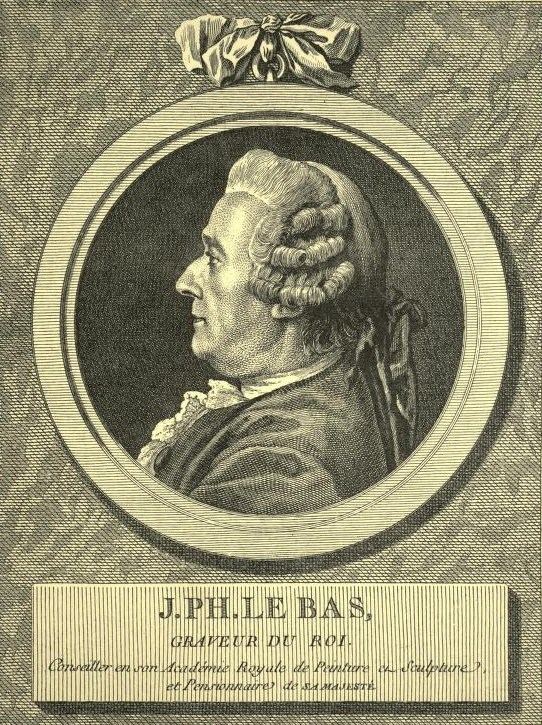Name Charles-Nicolas the | ||
 | ||
Charles Nicolas Cochin the Elder (29 April 1688 – 5 July 1754) was a French line-engraver.
He was born in Paris in 1688. His father, Charles Cochin, was a painter, and Charles Nicolas followed the same profession until he was twenty-two years of age, when he abandoned painting and devoted himself entirely to engraving. In 1731 he became an Academician, and on the occasion of his reception engraved the portraits of Jacques Sarrazin and Eustache Le Sueur. He then turned his attention to the fancy subjects of Watteau, Lancret, and Chardin, after whom he executed several fine works. He also assisted his son, Charles Nicolas Cochin, with the plates of the ceremonies at the marriage of the Dauphin with the Infanta of Spain in 1745. He died in Paris in 1754, having engraved about one hundred plates, among which are many vignettes for the 'Virgil' of 1742 and other books. The undermentioned are his best works:
Louise-Magdeleine Horthemels, the wife of Cochin, likewise practised engraving. She was born in Paris in 1686, and married in 1713. Among the plates which she executed two of the best are 'La Charmante Catin' and 'Le Chanteur de Cantiques,' which form part of the set of the 'Charges des Rues de Paris,' designed by her son. She also completed his large plate of the 'Feu d'artifice ' at Rome, which greeted the birth of the Dauphin in 1729, and often assisted him in other works. She died in Paris in 1767.
Further details respecting Cochin and his works are to be found in MM. Portalis and Beraldi's 'Graveurs da dix-huitieme siecle,' i. 492-502.
